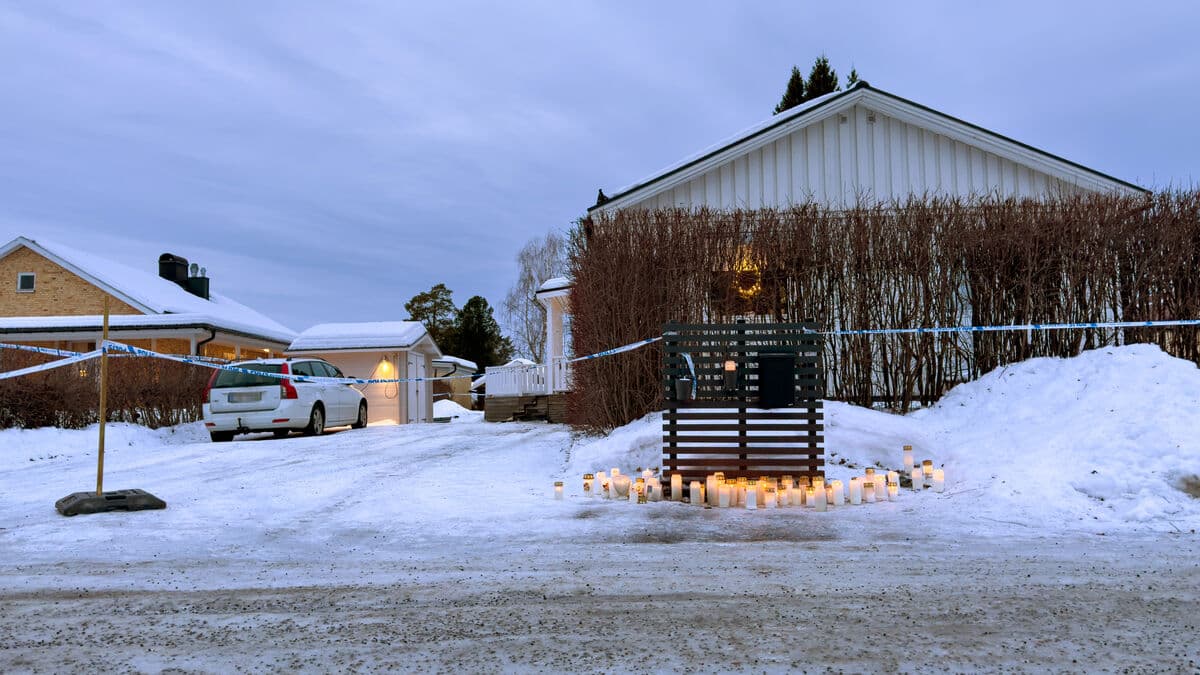The positions in Syria have long been locked. But on Wednesday, November 27, Hayat Tahrir al-Sham (HTS) launched a surprise attack against dictator Bashar al-Assad's army in the province of Aleppo. Hundreds of people were killed in the battles.
On November 29, rebel groups advanced towards government-controlled Aleppo. During the day, reports emerged that they had entered the city. The groups also claimed to have taken control of 50 government-controlled cities and villages.
On Saturday, November 30, the Assad regime acknowledged that the enemy had broken into the million-city. The regime was reported to be trying to counter the offensive from the air, and was said to be receiving help from Russian fighter jets to bomb Aleppo.
On December 2, Russian and Syrian fighter jets launched a counterattack in northwestern Syria, where Islamist-led rebel forces were advancing.
On December 3, reports emerged that HTS was advancing south towards the country's fourth-largest city, Hama.
After three days of intense fighting, it became clear on Thursday, December 5, that the jihadists had taken control of Hama, which was confirmed by regime forces.
On Friday, December 6, HTS approached the city of Homs, while thousands of civilians fled. Regime forces were also reported to be retreating from parts of Homs and had lost control of southern Daraa and eastern Dayr al-Zor. The village of Quneitra in the Golan Heights, near the Israeli border, was also said to have been taken.
On Saturday evening, December 7, Islamist rebels took control of the important city of Homs, after government forces had left the city. HTS also reached the outskirts of the capital Damascus.
On December 8, HTS entered the capital Damascus and declared that the regime's time was over. "We declare Damascus free from the tyrant Bashar al-Assad," the group said in a statement.
The regime's prime minister, Mohammed al-Jalali, said he was ready to "cooperate" and hand over power – but only to a leadership chosen by the people.
Ousted President Bashar al-Assad was reported to have left the country, but it was unclear where he was.
Russia's Foreign Ministry claimed in a statement that al-Assad had "resigned" as president and left Syria.
Two high-ranking military officials told Reuters that al-Assad had flown from Damascus early on Sunday with an unknown destination. After a few minutes, the plane disappeared from the Flightradar24 map.
Two Syrian sources told Reuters that it was highly likely that al-Assad had died in a plane crash.
"It disappeared from radar, maybe the transponder was turned off, but I think it's more likely that the plane was shot down," the source told Reuters without providing further evidence.
Syria's President Bashar al-Assad remained in power after the devastating civil war, which was triggered by the Arab Spring in 2011. Al-Assad has continued to receive support from Russia, Iran, and Shia militias in the region. However, his allies are currently largely tied up in other wars and conflicts.
The wars just to the west, in Gaza and Lebanon, have in a way spilled over into Syria, as Israel has stepped up airstrikes against targets in Syria.
The Assad regime has had limited control over Syria's territory, as Kurdish forces maintain self-rule in the northeast and another collection of rebel forces hold areas in the north and northwest, largely with support from Turkey.
Aleppo was Syria's largest city before the outbreak of war in 2011, but in a long and bloody siege, large parts of the city were reduced to ruins by indiscriminate Russian airstrikes. In 2016, government forces retook control of the city, which became a clear turning point in the war.





